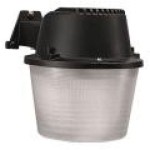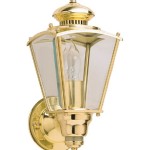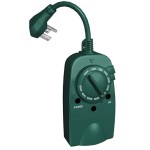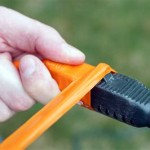How To Sand And Paint Outdoor Wood
Outdoor wood surfaces require regular maintenance to ensure their longevity and aesthetic appeal. Sanding and painting are crucial steps in this process. Sanding helps to remove old paint, dirt, and imperfections, creating a smooth surface for paint adhesion. Painting protects the wood from the elements, preventing damage and extending its lifespan. This article provides a comprehensive guide on how to sand and paint outdoor wood, equipping you with the necessary knowledge and techniques for a successful project.
Preparing the Surface
Proper surface preparation is essential for a professional-looking and durable paint job. The first step is to clean the wood thoroughly. Use a pressure washer or a stiff-bristled brush to remove dirt, grime, cobwebs, and loose debris. For stubborn stains, use a wood cleaner or a solution of water and mild detergent. Allow the wood to dry completely before proceeding.
Next, inspect the surface for any damage, such as cracks, holes, or loose knots. Repair these imperfections using wood filler or epoxy. Allow the filler to dry completely before proceeding to the next step.
Finally, sand the wood surface to remove any remaining imperfections and create a smooth finish for paint adhesion. Start with coarse-grit sandpaper (80-100 grit) for rough sanding and gradually move to finer grits (120-150 grit) for finishing. Remember to sand with the grain of the wood to avoid scratches. Remove all sanding dust with a tack cloth before proceeding to painting.
Choosing the Right Paint
Selecting the appropriate paint for your outdoor wood project is crucial for achieving a long-lasting and aesthetically pleasing finish. Consider the following factors when choosing paint:
Type of Paint: Oil-based paints are known for their durability and resistance to fading, but they have a strong odor and require longer drying time. Latex-based paints are easier to clean up and have a lower odor, but they may not be as durable as oil-based paints. Choose the type of paint that best suits your needs and preferences.
Color: Consider the color scheme of your property and the surrounding environment when choosing a paint color. Light colors reflect heat, which can be helpful in warmer climates. Dark colors absorb heat, which may be desirable in colder climates.
Finish: Matte finishes are less glossy and hide imperfections better, while gloss finishes are more durable and easier to clean. Choose the finish that best complements your aesthetic preferences and the intended use of the wood surface.
Applying the Paint
Apply the paint using a high-quality brush, roller, or spray gun. If using a brush, apply thin coats in the direction of the wood grain to avoid brushstrokes. If using a roller, use a high-quality roller cover and apply even coats, avoiding rolling over the same area multiple times. If using a spray gun, adjust the pressure and nozzle size according to the paint type and desired finish. Apply multiple thin coats, allowing each coat to dry completely before applying the next.
For optimal results, apply a primer before painting, especially if you're using a light paint color over a darker wood surface. A primer helps the paint adhere better and prevents the wood grain from showing through.
After painting, allow the paint to dry completely before using the surface. Follow the manufacturer's instructions for drying time, and avoid applying excessive pressure to the painted surface until it is fully cured.
Maintenance Tips
To keep your outdoor wood surface looking its best, follow these maintenance tips:
Clean Regularly: Regularly clean the surface using a mild detergent and water. Remove any dirt, grime, or debris that accumulates on the surface. Avoid using harsh chemicals or abrasive cleaners that can damage the paint.
Inspect for Damage: Periodically inspect the surface for any signs of damage, such as cracks, chips, or peeling paint. Repair any damage promptly to prevent further deterioration.
Repaint as Needed: Over time, the paint may fade or chip. Repaint the surface as needed to maintain its aesthetic appeal and protect the wood from the elements.
Following these steps will help you successfully sand and paint your outdoor wood surfaces, ensuring their longevity and aesthetic appeal for years to come.

How To Refinish Old Outdoor Wood Furniture And Give It A New Life

How To Paint Outdoor Wood Furniture And Make It Last For Years

How To Paint Outdoor Wood Furniture And Make It Last For Years

How To Paint Outdoor Wood Furniture And Make It Last For Years

How To Re Wooden Outdoor Furniture The Honeycomb Home

7 Easy Steps To Paint Wooden Furniture Perfect Results Every Time

How To Re Wooden Outdoor Furniture The Honeycomb Home

15 Tips For Painting Outdoor Furniture To Last Longer

How To Paint An Outdoor Fence Benjamin Moore

How To Paint Stain Outdoor Wood Furniture Benjamin Moore







